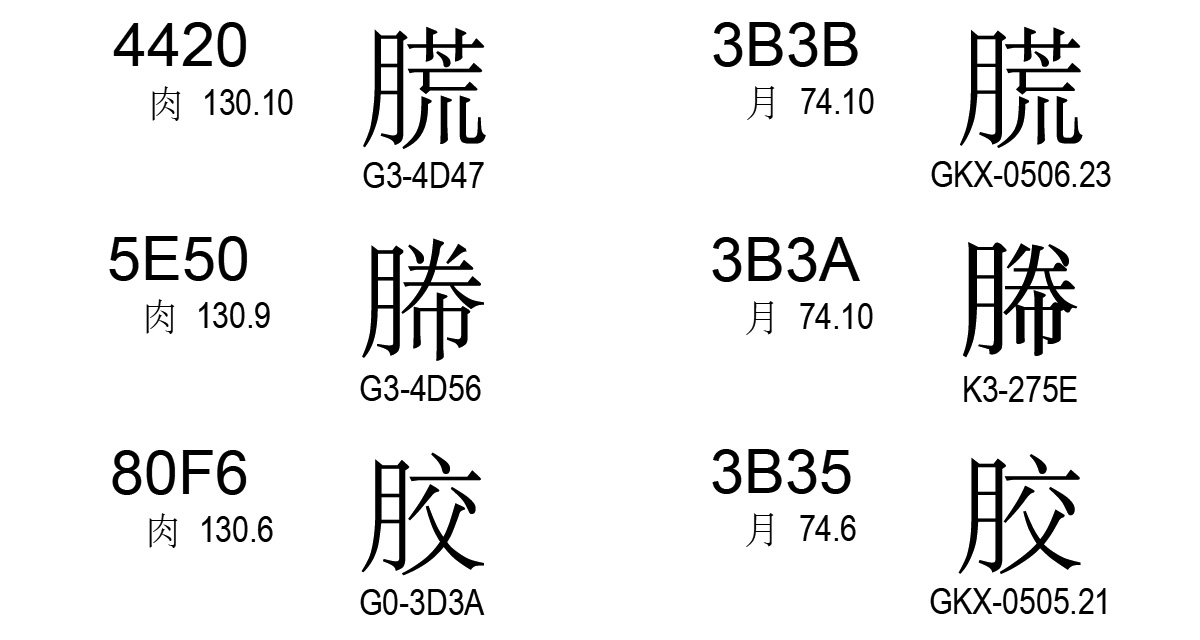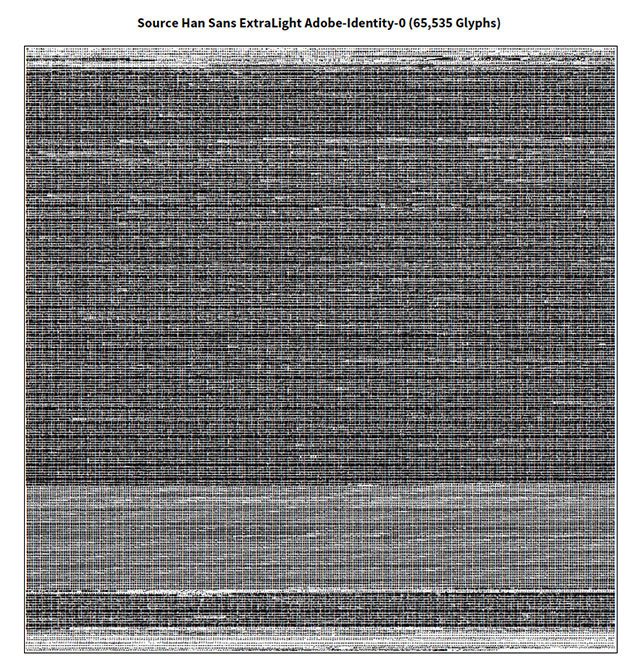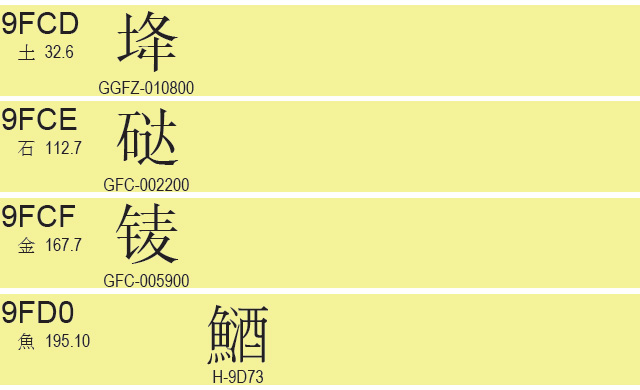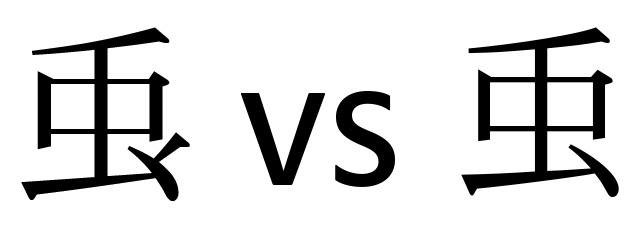As I described in an article earlier this year, GB 18030 artificially imposes a visual difference between Radicals #74 (⽉) and #130 (⾁) for character pairs that differ only in this component, though conventions for Simplified Chinese use a unified form that looks like Radical #74. In that article I pinpointed a case for which the character that uses Radical #130 is in error, because its left-side radical uses the Radical #74 form, and the corresponding character that uses Radical #74 is outside the scope of GB 18030 (at least for now).
Thanks to Jaemin Chung, I was able to find three errors within the scope of GB 18030, as shown below:

According to the principles imposed by GB 18030, the characters on the left are in error, and should be visually distinct from those on the right in terms of their left-side radical.
Continue reading…










